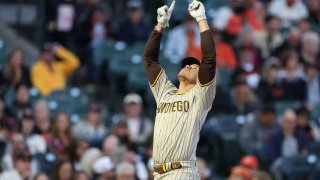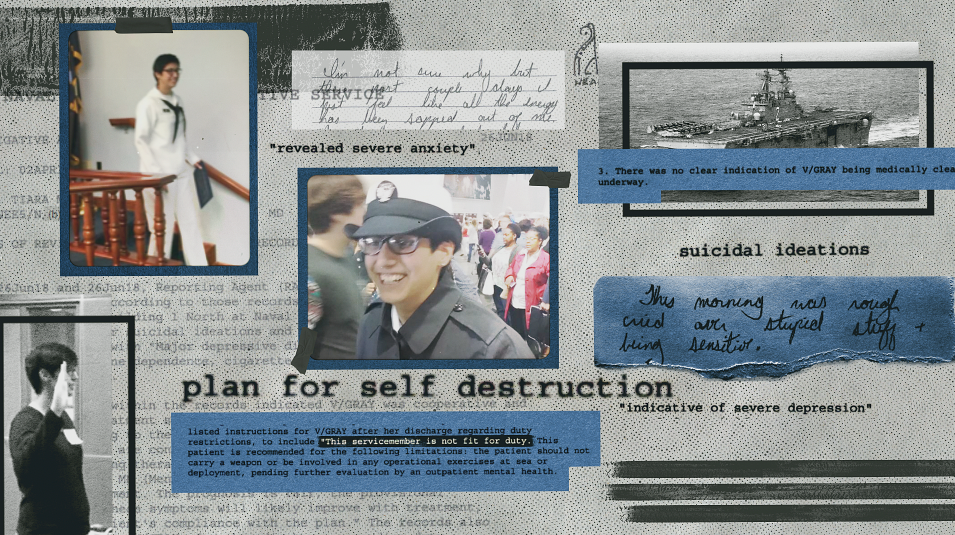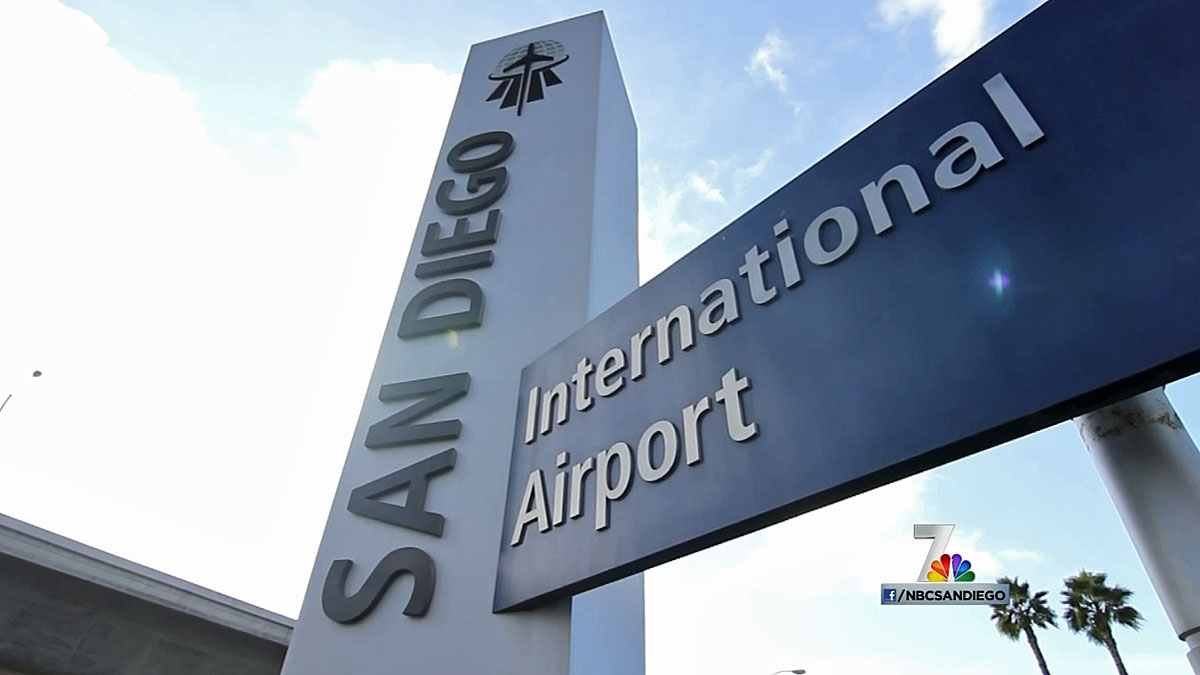
Let's be absolutely clear right off the bat: nobody in the Padres organization WANTED to trade Juan Soto. He's one of the most dangerous offensive forces in baseball, entering a contract year, and was probably going to put up monster numbers no matter where he played the 2024 season.
However, there are other factors at play that, for lack of a better phrase, forced the Friars into this position. On Wednesday night General Manager AJ Preller let us in on the thought process behind the move. As with anything in professional sports, you follow the money.
"The exercise always is, you have a budget and you try to make the team work within the budget," said Preller after completing the trade. "(The trade) gives us two things, it gives us flexibility and it also gives us clarity on what the rest of the off-season looks like."
Preller did not get into specifics on what the budget looks like but it's been widely reported the Padres had to trim payroll down to around $200 million, and to get under the Competitive Balance Tax threshold of $237 million. That means upwards of $50 million had to go from the 2023 payroll. Even knowing the return a player like Soto would bring, the Padres tried to find ways to keep him, even if it meant dealing other guys.
Get top local stories in San Diego delivered to you every morning. Sign up for NBC San Diego's News Headlines newsletter.
"I don't think it's, you have to trade (Soto). We looked at a lot of different combos in the last few weeks, you know, different players that we have on our roster. Do we move those players and keep Juan? Do we move those players and look to do an extension with Juan?" said Preller.
With three holes in the starting rotation, more arms needed in the bullpen, a backup catcher vacancy, and general depth in the outfield to find, San Diego simply could not afford to tie up $30-plus million for one year for one guy. So, they did the unpopular but sensible thing, trading Soto to fill multiple roster spots. The Yankees had a huge need for a left-handed slugging outfielder and pitching to spare so the match was almost too perfect to pass up.
Michael King immediately slots into the 3rd starters spot behind Yu Darvish and Joe Musgrove. Jhony Brito and Randy Vasquez both made their big league debuts in 2023 as starters before moving to the bullpen. At least one of them will likely be given a chance to earn a starting role (much like Seth Lugo did last Spring Training). Internal options to fill out the rotation include Pedro Avila, knuckleballer Matt Waldron, Jay Groome and Jairo Iriarte.
Local
But, even more than the infusion of promising (if yet unproven) depth in the pitching staff, the financial flexibility this trade afforded them is invaluable because it allows them to go out and make even more moves.
"There are a lot of good players out there, both trade and free agency, that we want to at least be able to participate and see if we can add to our team. This deal kind of enables us to move on with the off-season," said Preller.
Sending out Soto and Trent Grisham clears an estimated $40 million from the books while bringing in around $8 million. Couple that with the free agent departures of Blake Snell, Josh Hader, Luis Garcia, and Drew Pomeranz and the Padres are right around $33 million under the luxury tax. Preller says they want to add another starting pitcher and, with only two outfielders left on the 40-man roster, they'll have to add there, as well.
Whoever they get to play left field will not have the same impact Juan Soto has on an offense. But, the aggregate of all the players they got in return might (and I know this is completely counterintuitive) mean a better overall roster, and that usually means more wins at Petco Park.
LISTEN: With NBC 7 San Diego's Darnay Tripp and Derek Togerson behind the mic, On Friar will cover all things San Diego Padres. Interviews, analysis, behind-the-scenes...the ups, downs, and everything in between. Tap here to find On Friar wherever you listen to podcasts.



